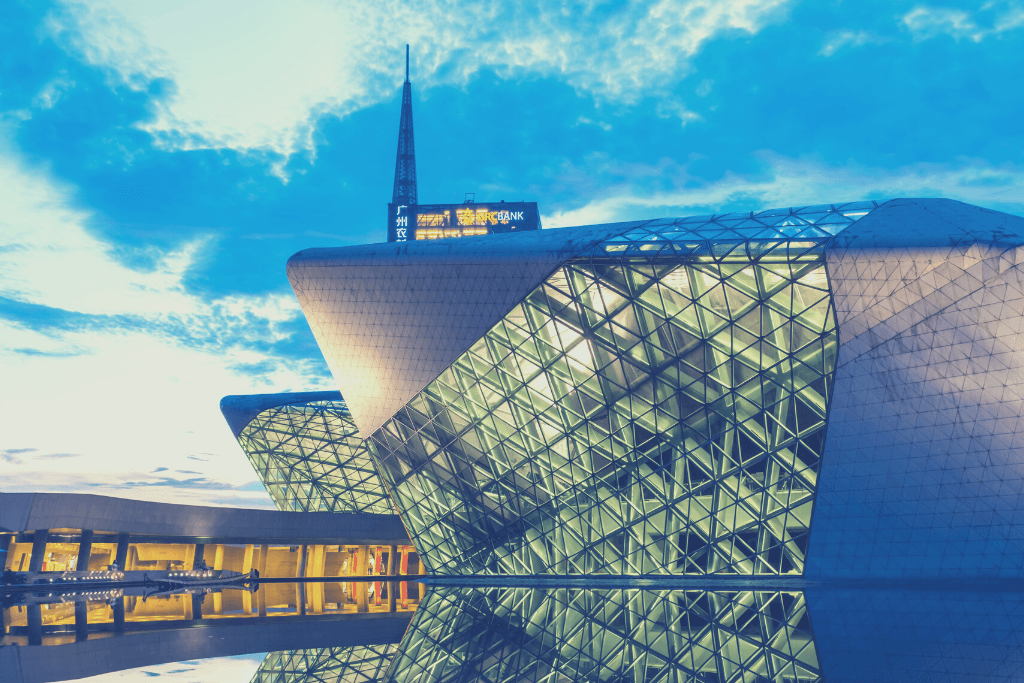The built environment contributes to nearly half of all global CO2 emissions each year. The lion’s share of this environmental impact belongs to the day-to-day running and energy needs of our buildings such as homes, offices, schools, or hospitals: The building operations, including their energy consumption, accounts for approximately 27 percent of the world’s annual CO2 emissions.
Therefore, low or zero-energy buildings, highly energy-efficient structures that minimize or eliminate their reliance on fossil fuels for operational energy, are essential for a sustainable future. They offer numerous environmental benefits, such as reduced greenhouse gas emissions, improved air quality, and reduced reliance on fossil fuels. These benefits translate into economic advantages, including lower energy costs, increased property values, and job creation.
Additionally, low or zero-energy buildings contribute to social well-being by improving occupant health, enhancing community livability, and strengthening community resilience to climate change. Technological advancements in energy efficiency, renewable energy, and smart building technologies are making low or zero-energy buildings more feasible and attractive, paving the way for a future where buildings such as the five following remarkable examples become the norm.
1. The Googleplex in Mountain View, California, USA
This 1.2 million square foot campus is home to Google’s headquarters. Designed to be one of the most sustainable office buildings in the world, the campus is a proof that low-energy isn’t just a concept viable for smaller-scale architectural projects.
The Googleplex features a number of energy-saving features, including a high-performance building envelope, natural ventilation, and a solar panel system.
2. The Council House 2 in Melbourne, Australia
This six-story office building is net zero energy, meaning it produces as much energy as it consumes.
The building features a number of energy-saving features, including a high-performance building envelope, natural ventilation, and a rainwater harvesting system. The architecture of the Council House 2 is also notable for its use of timber, which is a renewable and sustainable material.
3. The Eden Project in Cornwall, UK
The Eden Project, an ecological centre comprising a complex of biomes, was designed in the 1990s as a pioneering low-energy project by Grimshaw Architects.
The biomes, which showcase the diversity of plant life on Earth, are made of steel and plastic. They are energy efficient and sustainable, also making use of natural materials, such as wood and stone.
4. The SDE4 at the National University in Singapore
In Singapore, one of the trailblazing countries in sustainability innovation, the NUS School of Design and Environment 4 (SDE4), a four-story research building, was created by Multiply Architects to be a showcase for eco-conscious design.
The SDE4 at the National University in Singapore is net zero energy and features a number of innovative energy-saving features, including a double-skin facade that helps to regulate the building’s temperature. The building’s architecture incorporates biophilic design elements, which helps to cool the building and provide a natural habitat for wildlife.
5. The Guangzhou Opera House in Guangzhou, China
Shaped like two pebbles floating on a lake, the Guangzhou Opera House is a stunning example of sustainable architecture that is also a major cultural attraction in Guangzhou, China.
Created by Zaha Hadid Architects, this opera house utilizes natural light and ventilation, solar energy, water conservation, sustainable materials, and energy-efficient systems to reduce its environmental impact. Its unique form and material choices, such as the translucent skin and solar panels, contribute to its overall sustainability while maintaining its aesthetic appeal.






